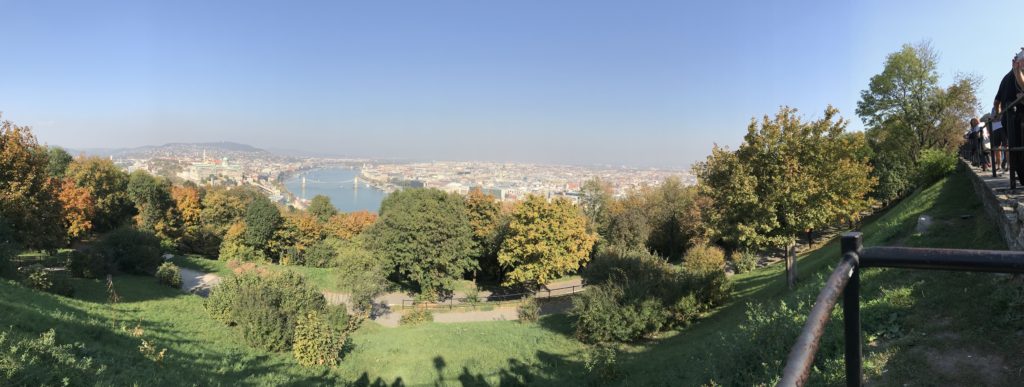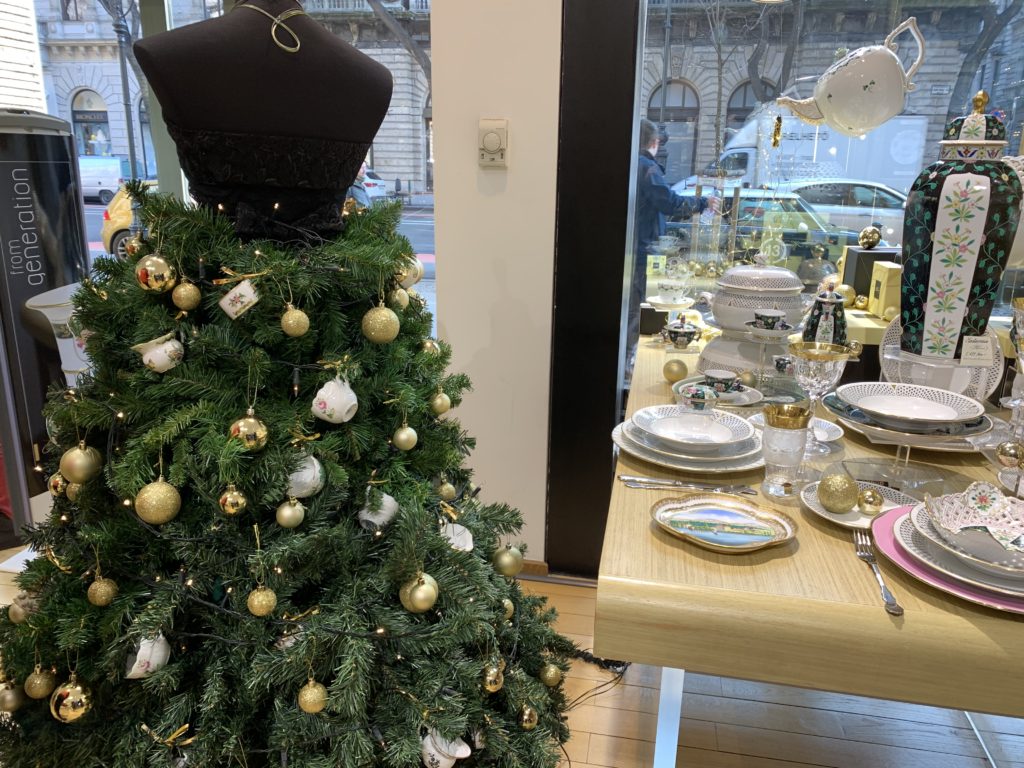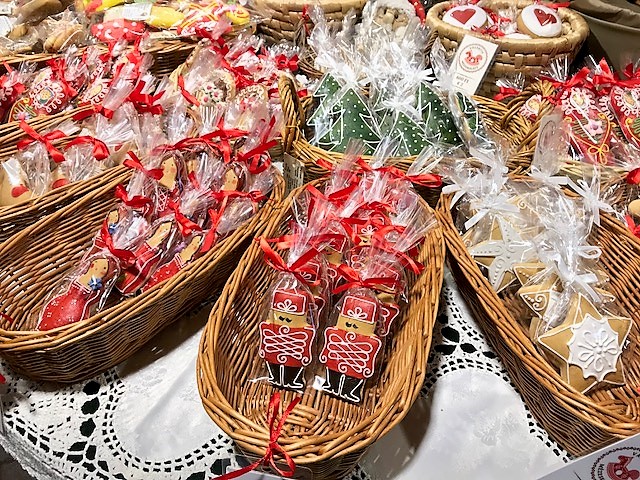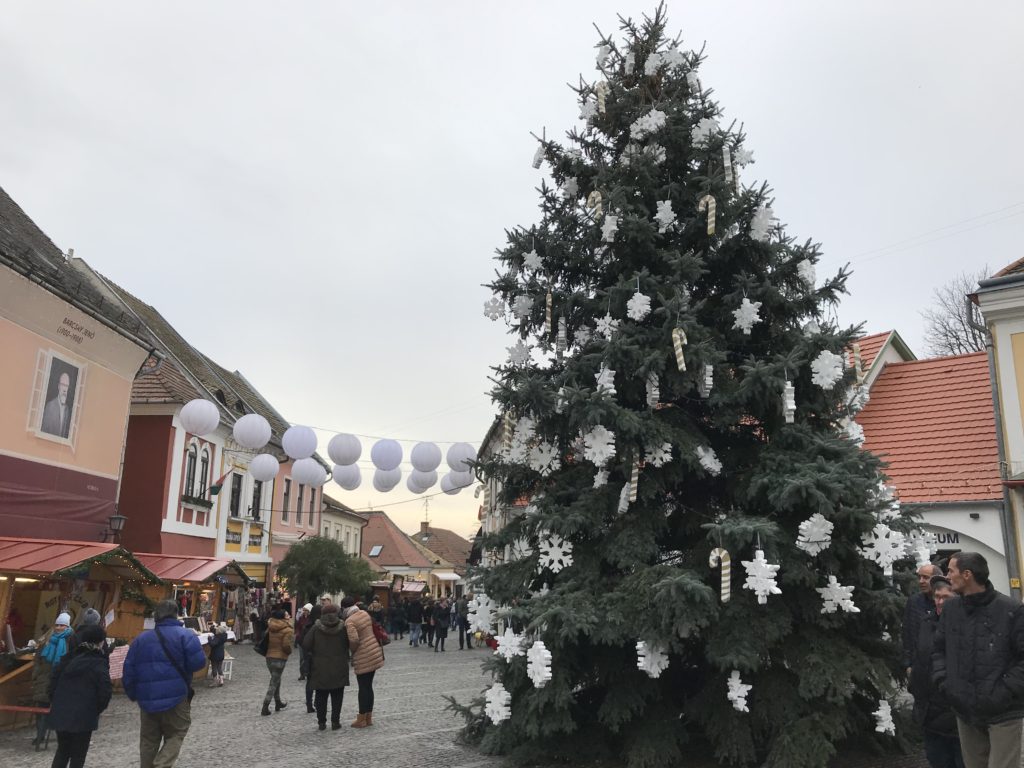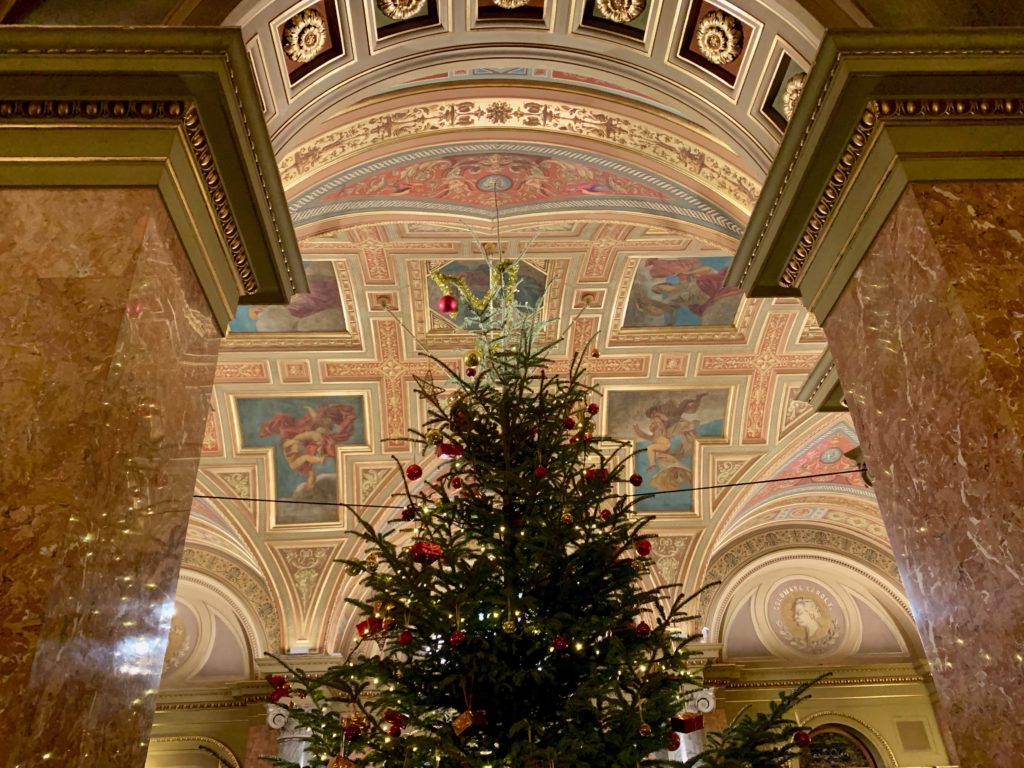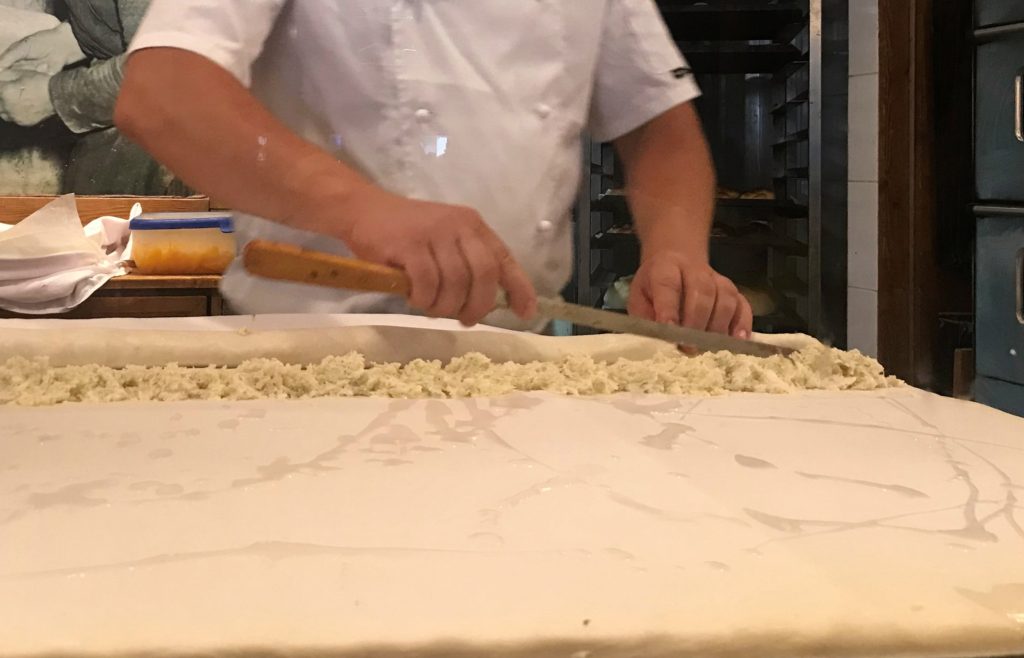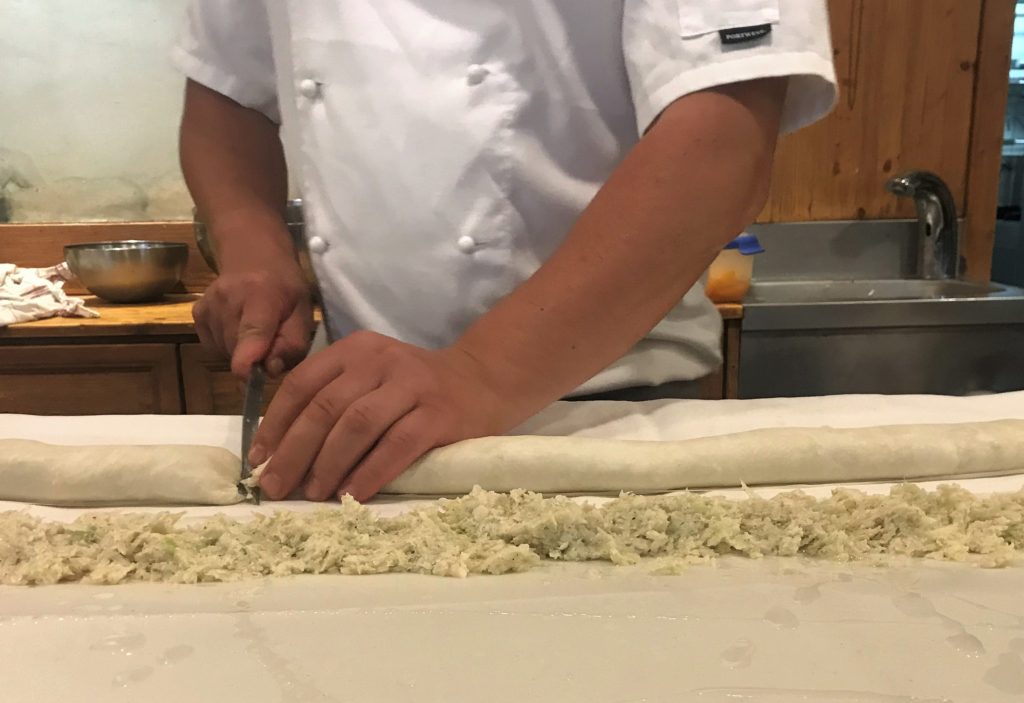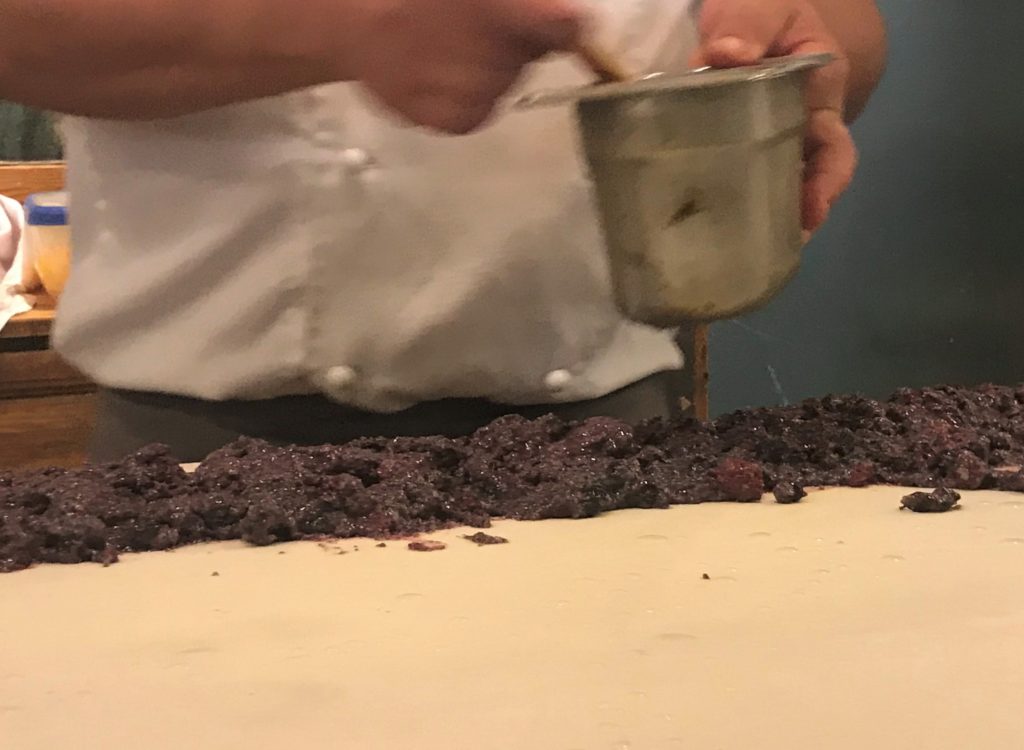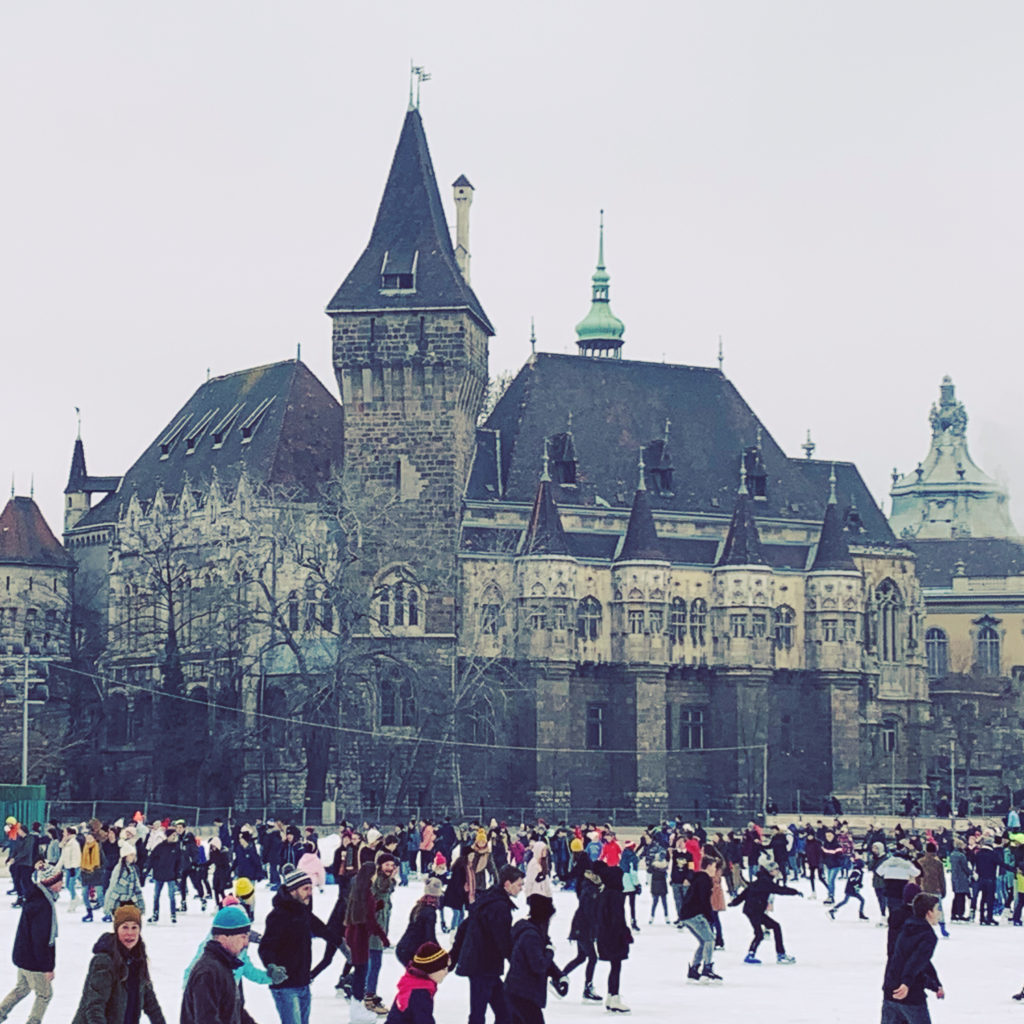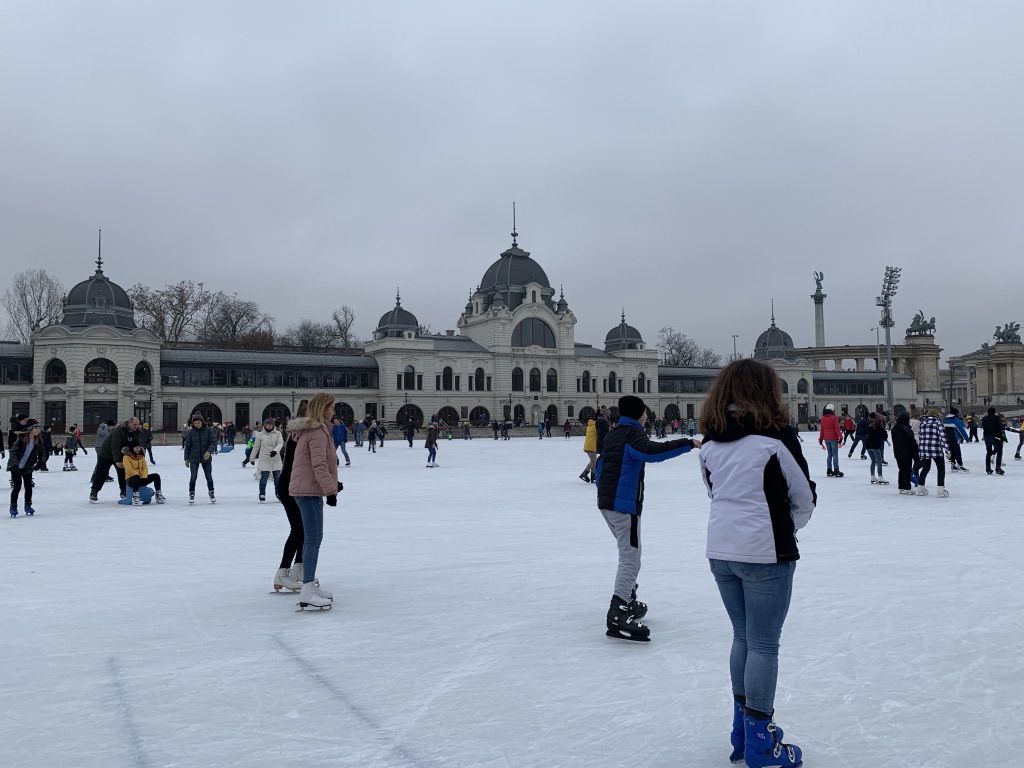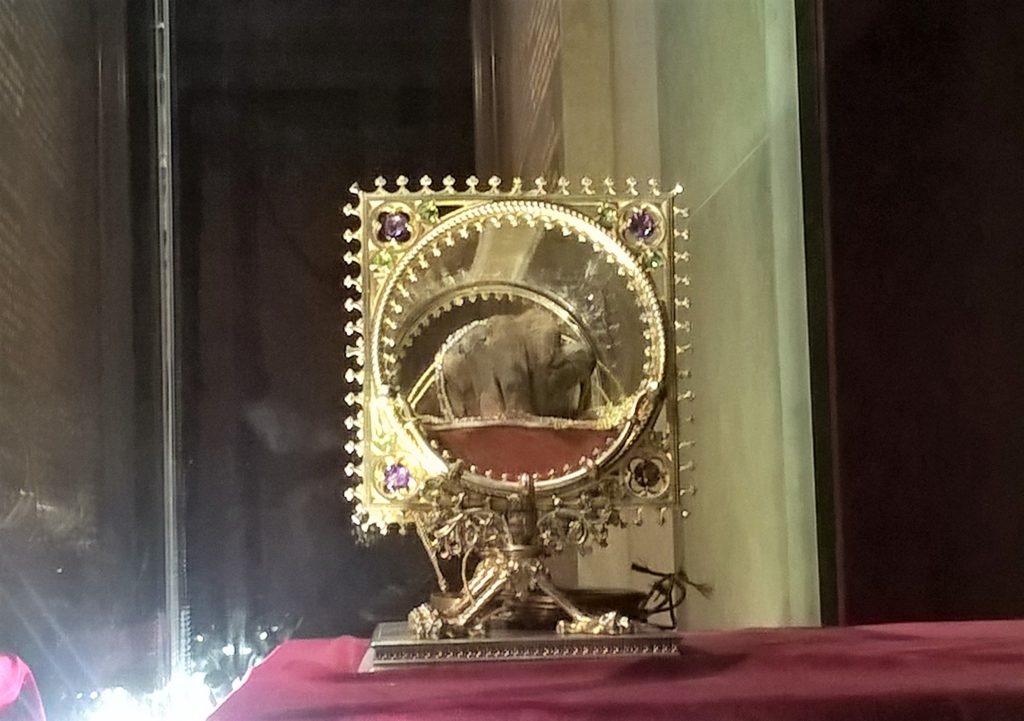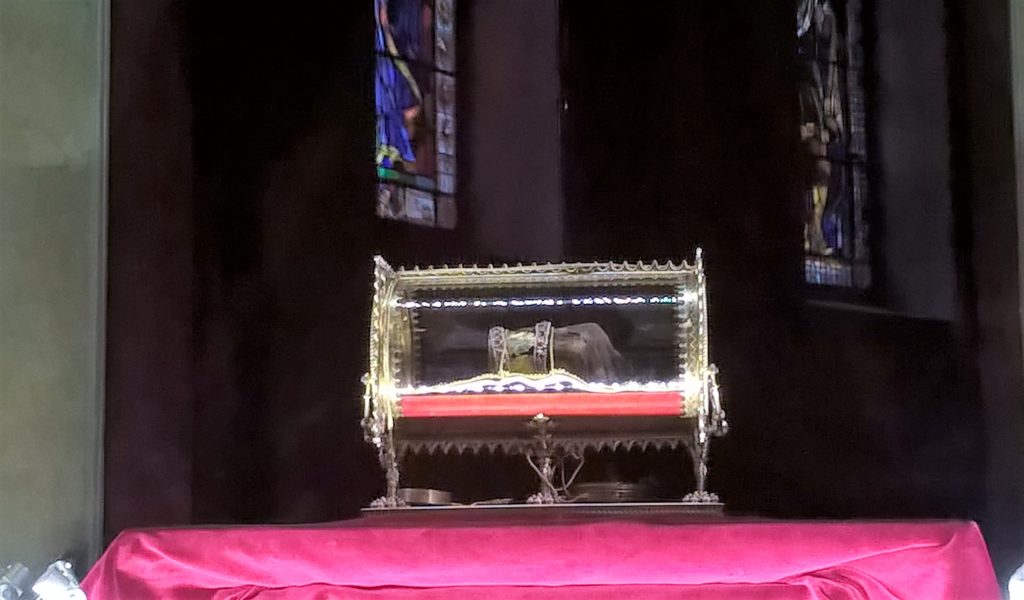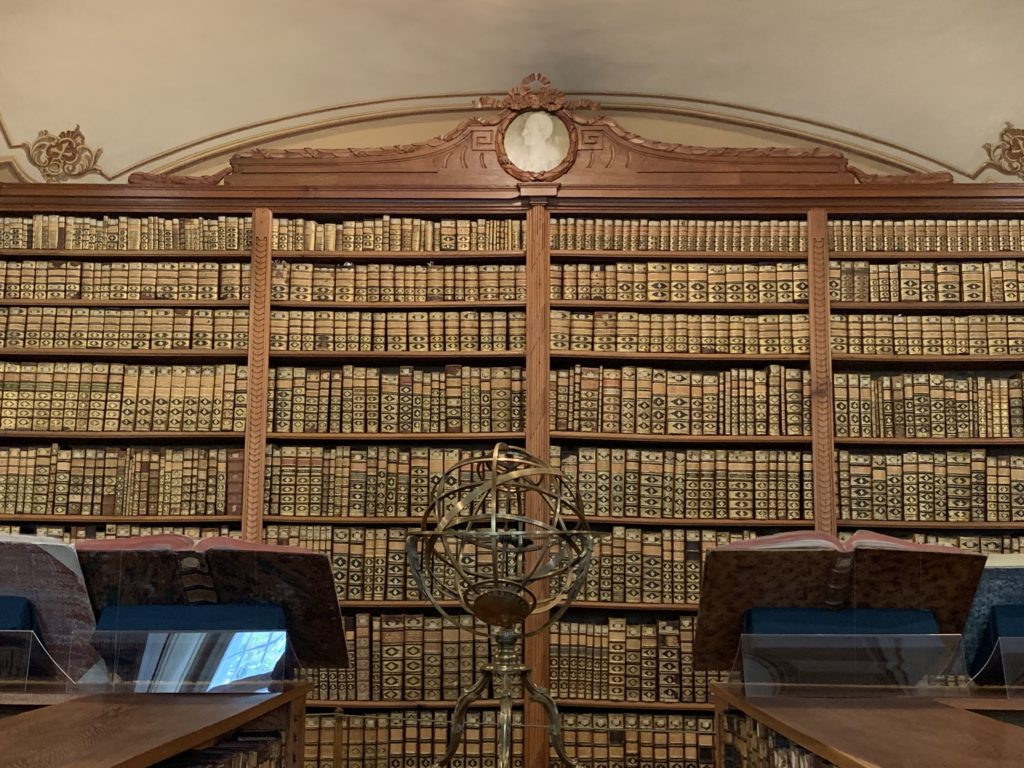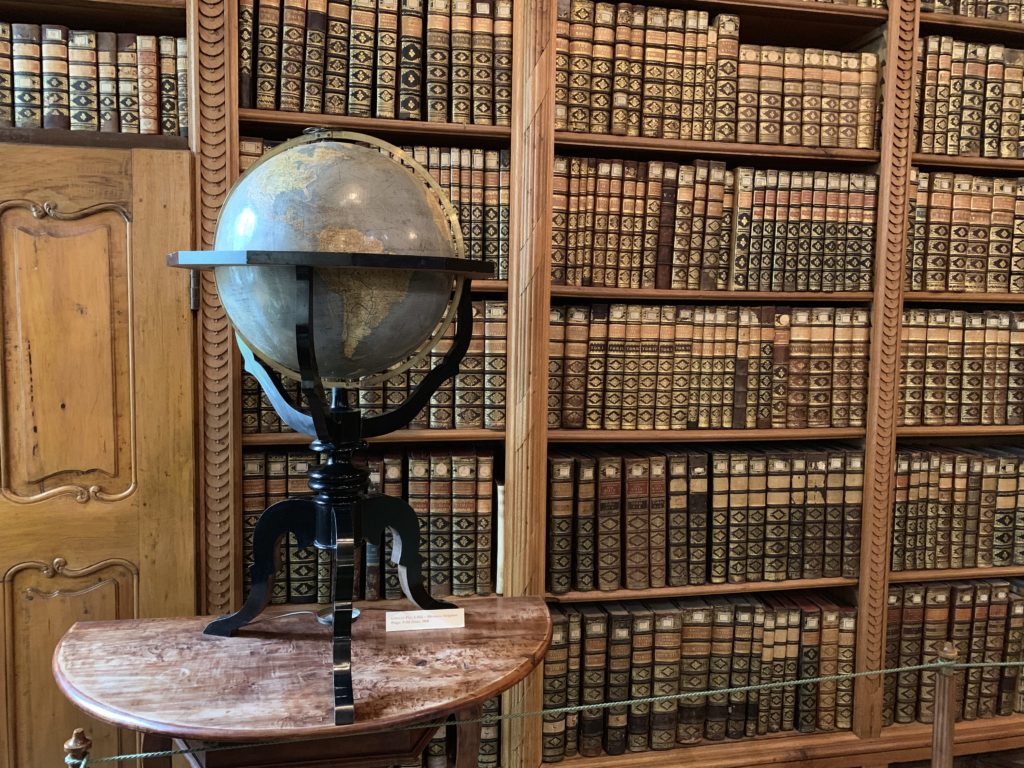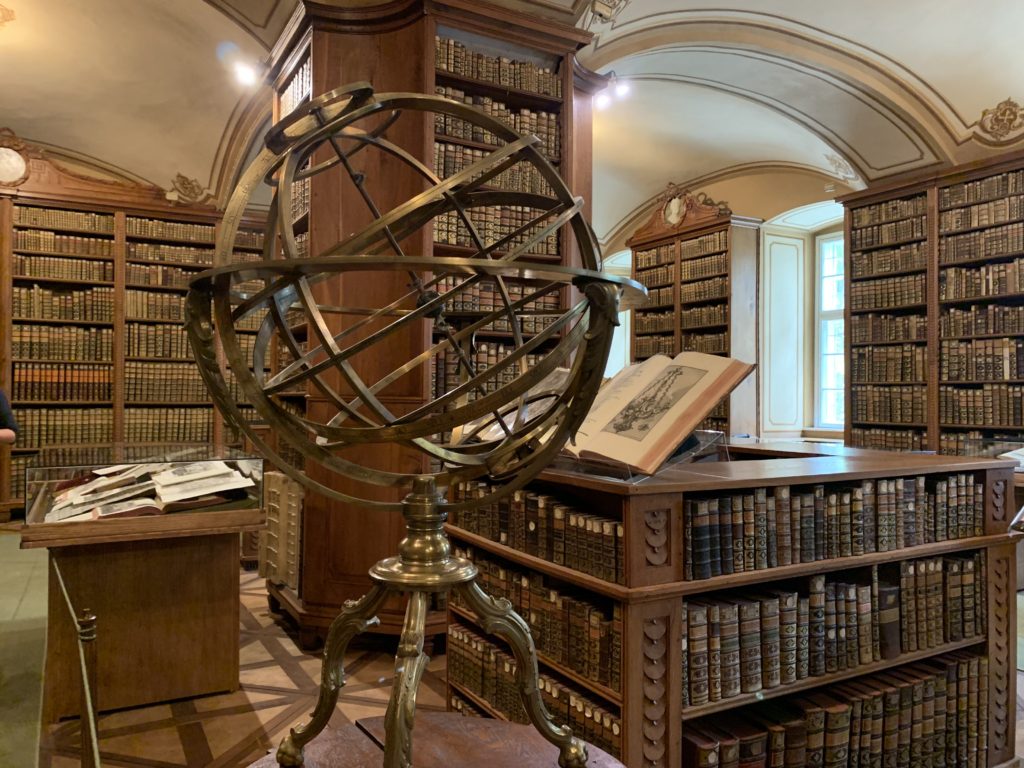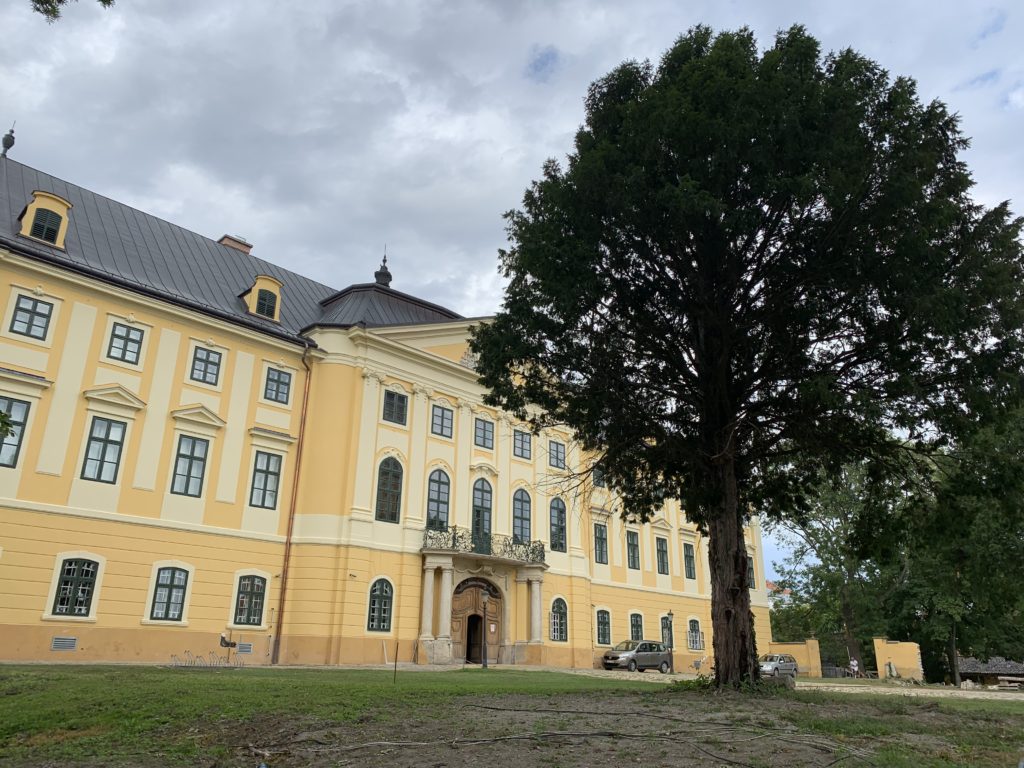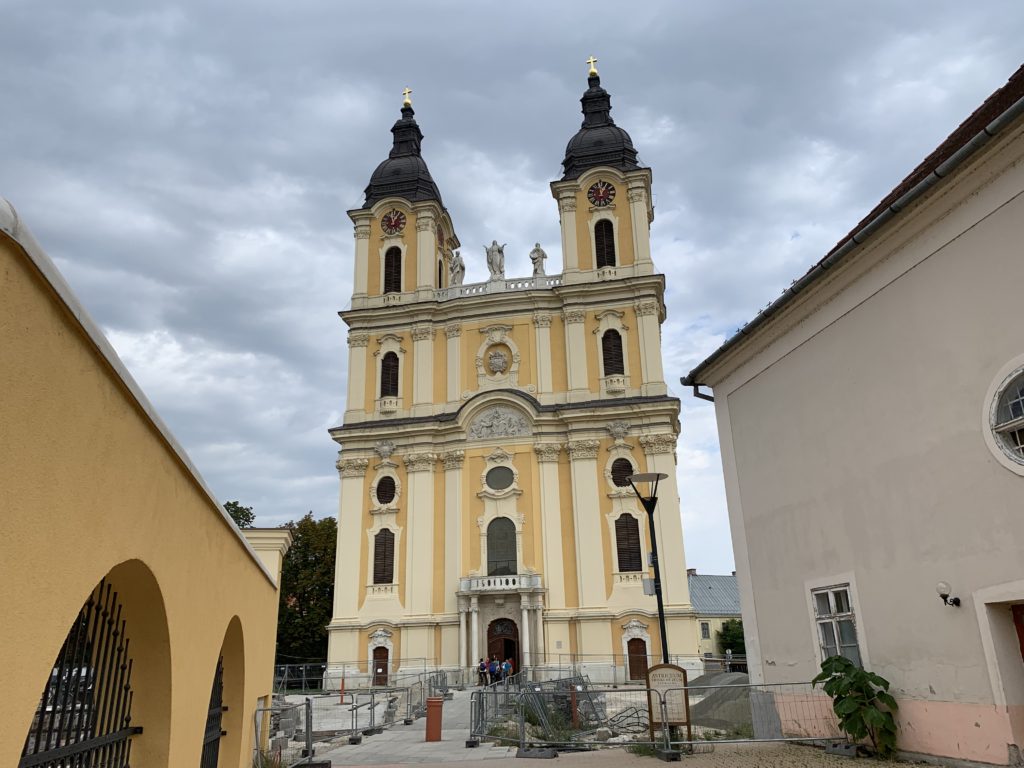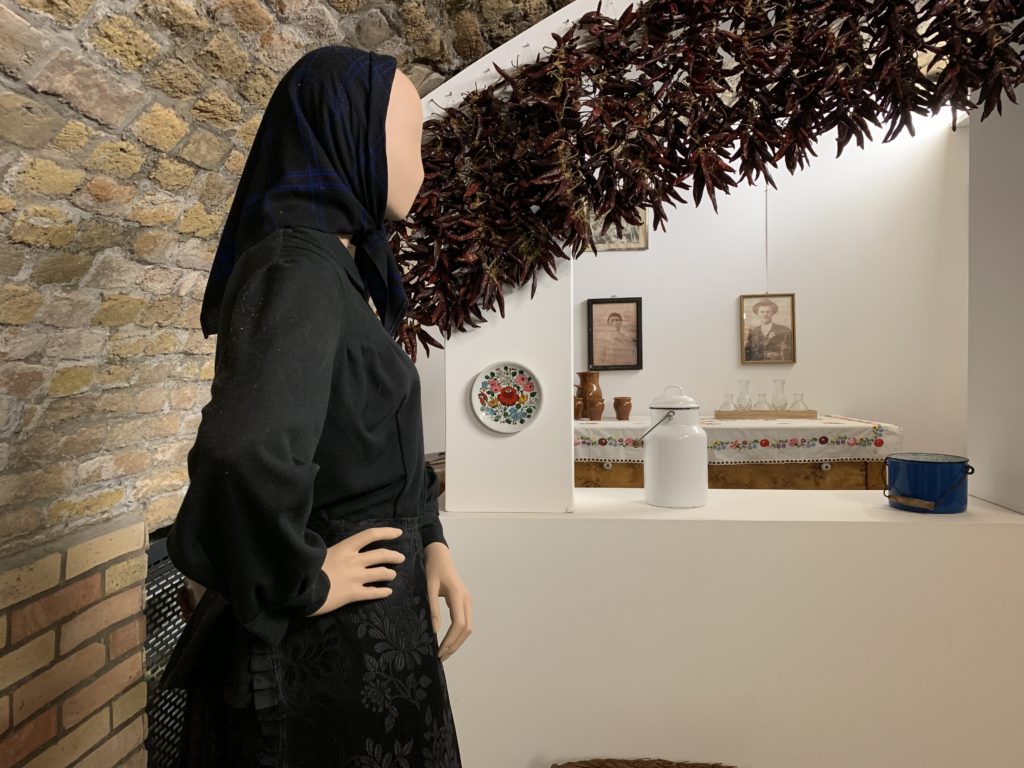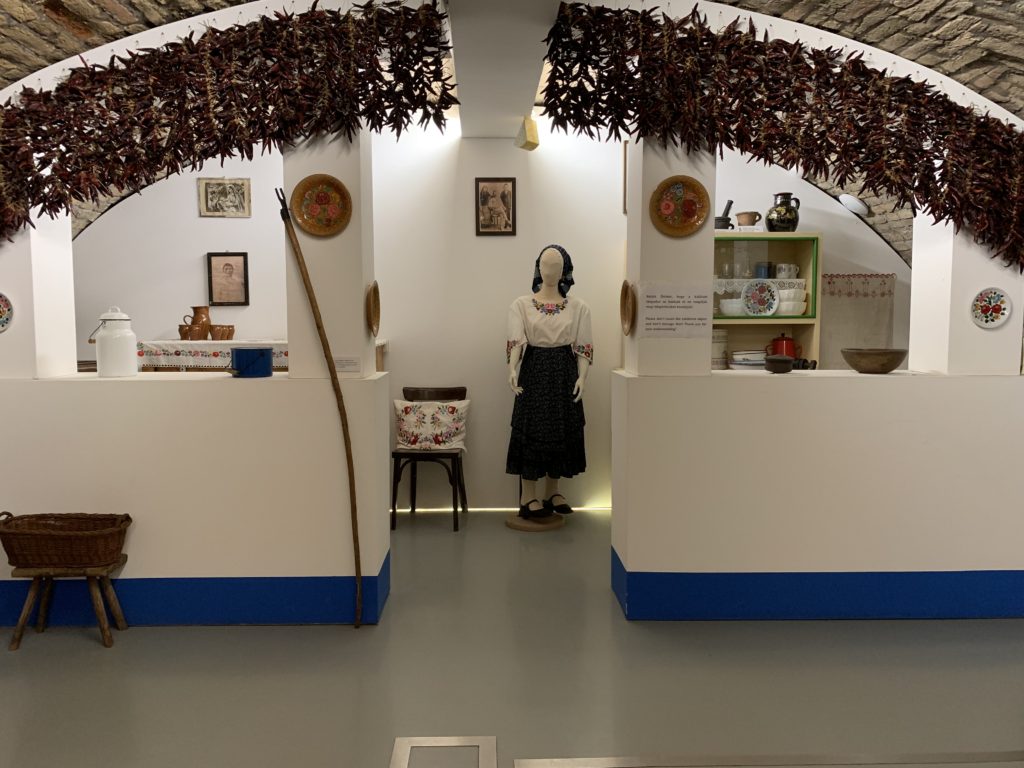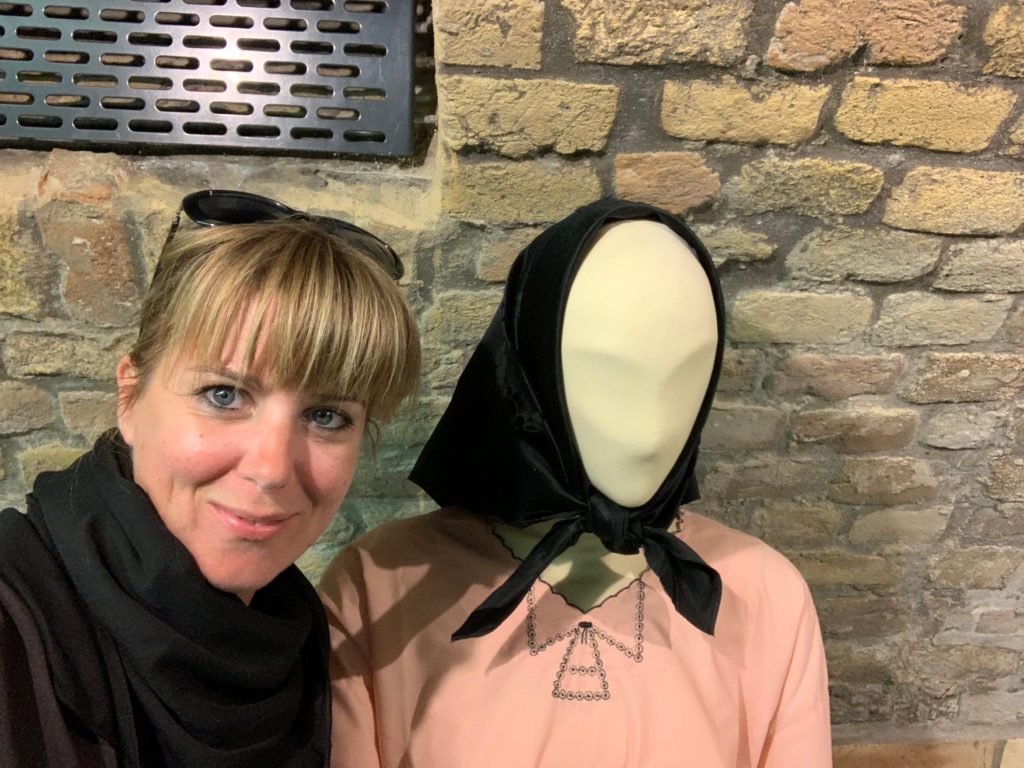Happy New Year! My wish for the new year is to show around my beautiful Budapest as many happy travellers as in the previous years.
I’m wishing you all Merry Christmas and Happy Holidays from beautiful Budapest.
Most of my guests on my Foodie tours just love our strudel. I always explain how and why it’s different from the Apfel Strudel you might have tried in Austria or Germany. I think everybody agrees it’s one of the nicest Hungarian pastries, not too sweet but simply delicious. I can take you to the best strudel places or you can try making your own!
Budapest in the winter is rather grey and foggy. Also, it’s very cold, so there are only a few outdoor programs locals enjoy doing from early December to the end of February. One of those programs is ice skating in the City Park, it’s great fun and the ice skating rink is usually very busy on weekends.
I’m starting a new series to introduce you the most famous statues of Budapest and some of the hidden gems, too. These are the beautiful monuments of Budapest we usually see on our walking or driving tours in Buda and Pest.
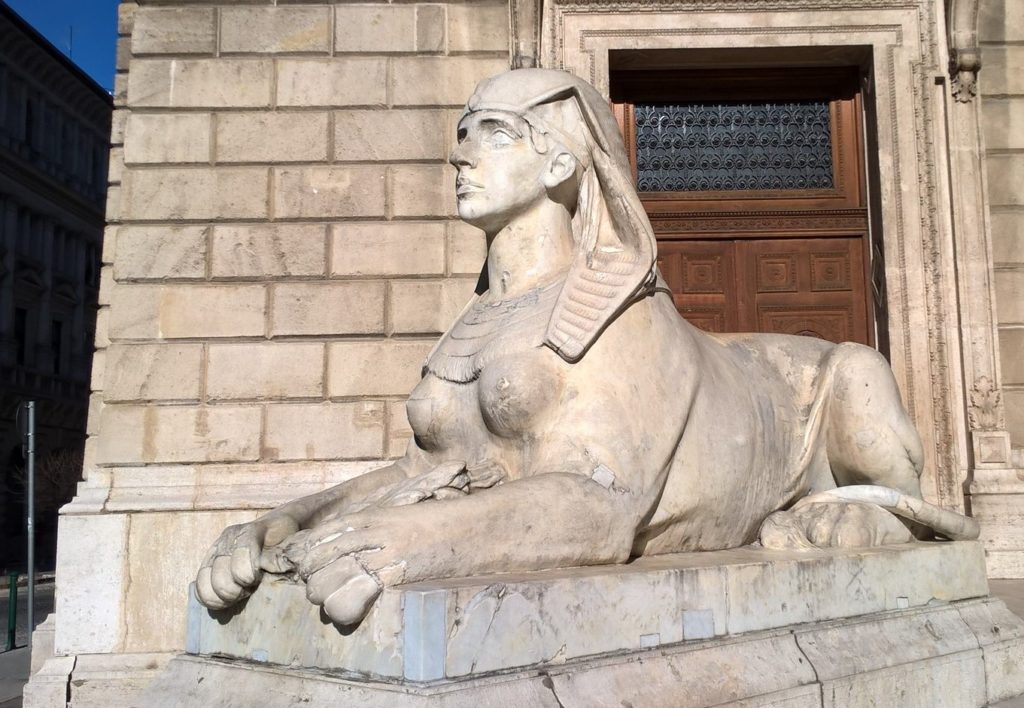
This beautiful sphinx is guarding the entrance of the State Opera House on Andrassy ut. Why is she so special? Because it’s not a typical sphinx with the head of a woman and the body of a lion, but if you have a closer look you can see the she has breasts, too.
The cute little cable car has been transporting millions of passengers from the Chain Bridge to the top of the Castle hill (or the other way) since its opening in 1870. You might have seen it appearing in Wes Anderson’s The Grand Budapest Hotel, too.
Originally it was operated by steam and was destroyed in WW2. Since its reconstruction it’s been an electric cable car.
My insider tip: if you want to avoid long lines, don’t take it to go to the top but take it to descend to the Chain Bridge from the Royal Palace.
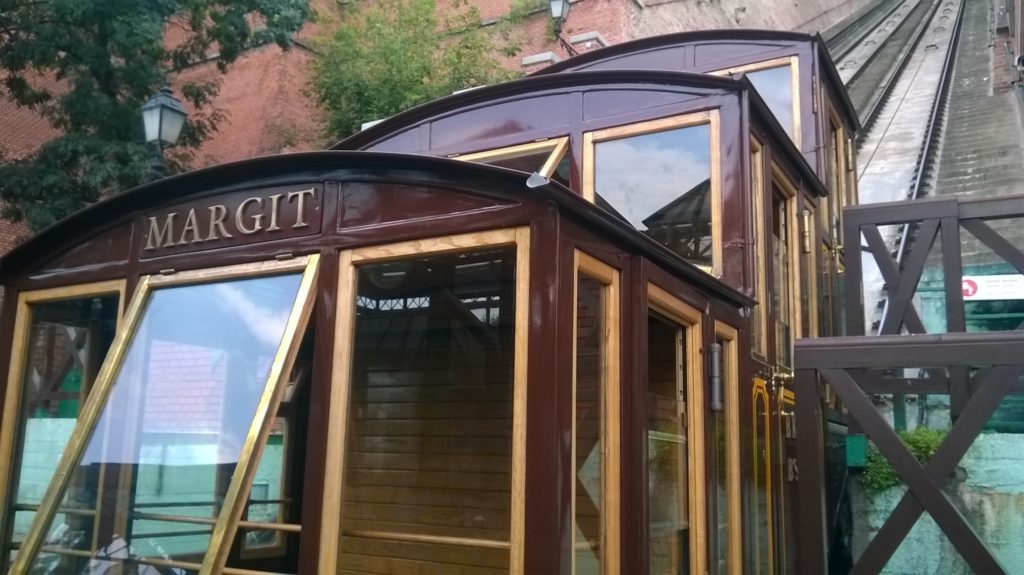
Buda Castle Funicular 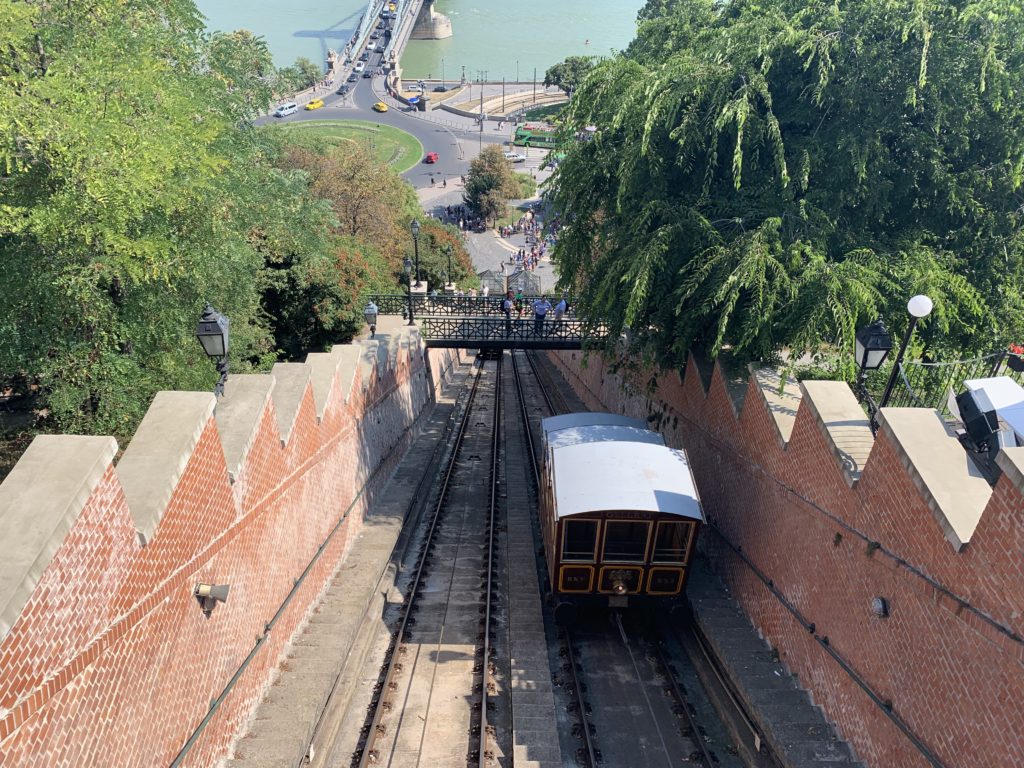
Buda Castle Funicular
I’m starting a new series to introduce you the most famous statues of Budapest and some of the hidden gems, too. These are the beautiful monuments of Budapest we usually see on our walking or driving tours in Buda and Pest.
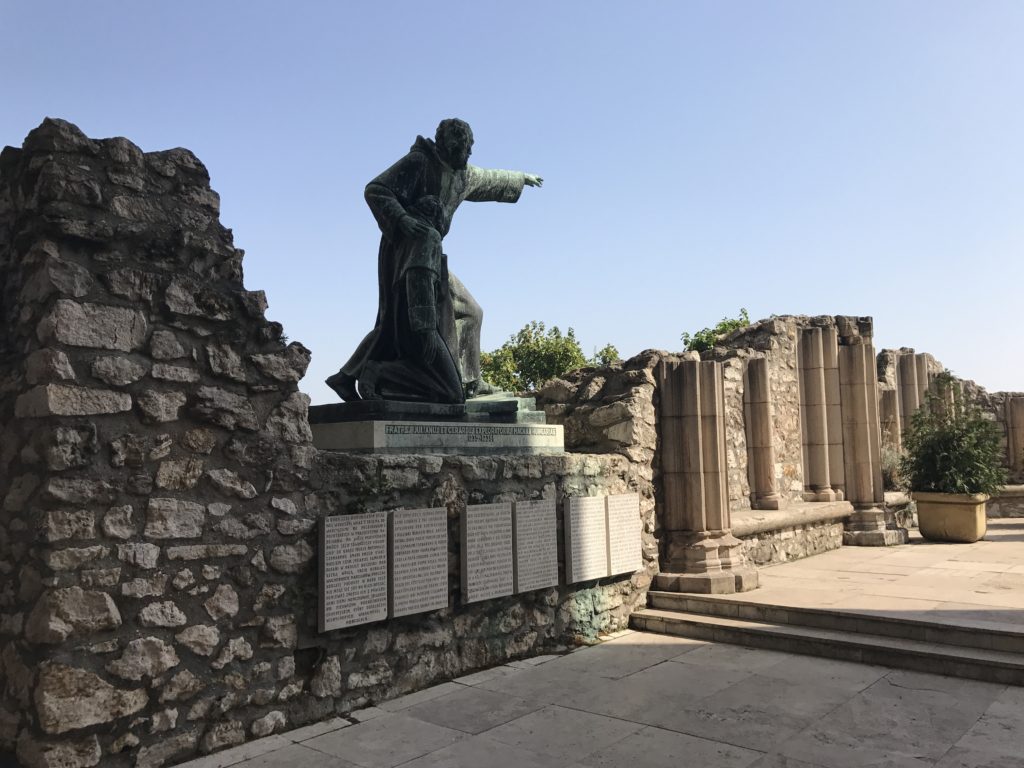
Julianus and Gerhardus, Hungarian monks who travelled all the way to near the Ural Mountains in the 13th century to find Magna Hungaria, the territories where the Hungarians had lived before they started their migration to Europe and conquered the actual territories of Hungary.
A very special relic, the mummified right hand of St. Stephen, Hungary’s first Christian king who was crowned in 1000. The legend is that his body had been exhumed before he was canonised and that’s when his right hand and arm were found mummified. This relic can be seen today in the St. Stephen’s Basilica.
The reason why I love family researches a lot, is because it’s always a great experience to do the research and to find out more about my travellers’ relatives and family who were originally from Hungary. The other reason is that we usually go to beautiful Hungarian villages and towns to see where and how the family members lived 100 or 200 years ago.
Last week we visited the town of Kalocsa which isn’t just another cute little Hungarian town but it’s also famous for the local paprika. We went to see the local Paprika Museum to find out more about the most popular Hungarian spice.
I’m starting a new series to introduce you the most famous statues of Budapest and some of the hidden gems, too. These are the beautiful monuments of Budapest we usually see on our walking or driving tours in Buda and Pest.
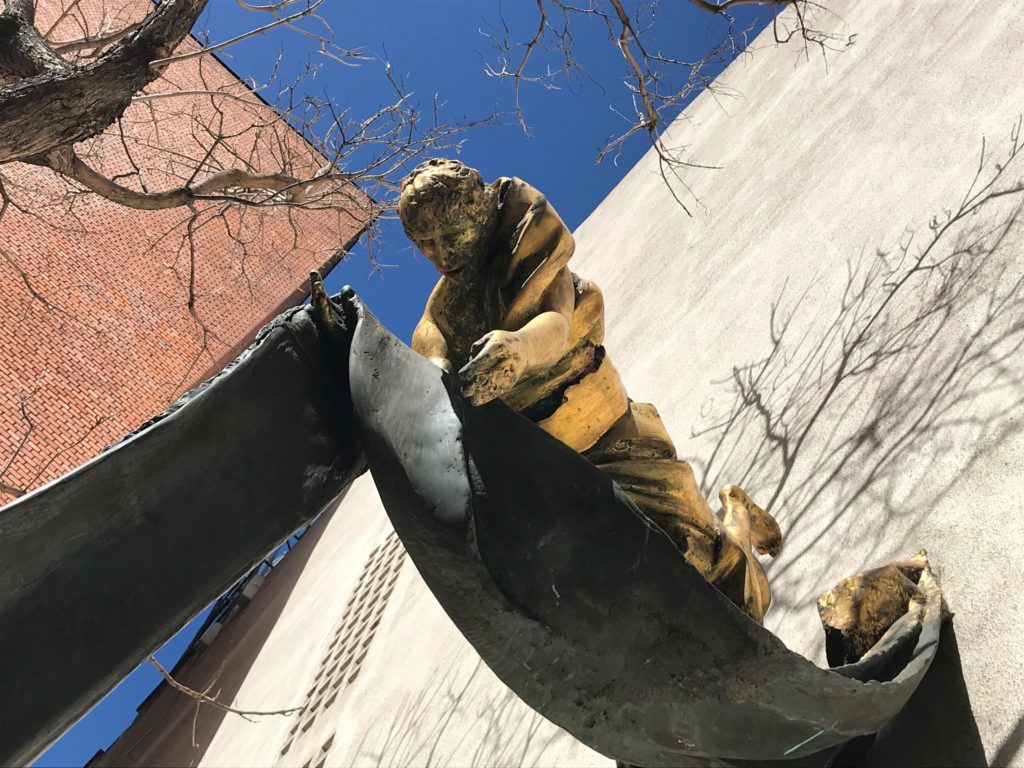
A beautiful memorial commemorating Carl Lutz, Vice-Consul of the Embassy of Switzerland in Budapest who saved tens of thousands of Jews between 1942 and 1945. The statue is in Dob utca, near the Gozsdu Courtyard.
